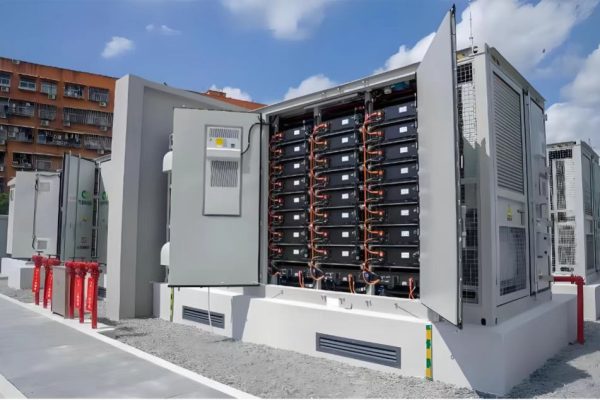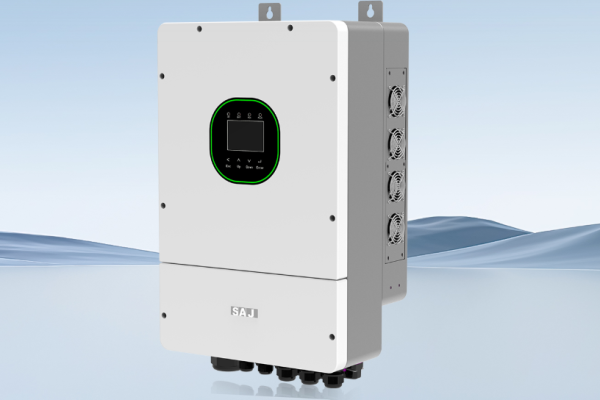A Practical Guide for System Buyers and Installers
Introduction: Backup Time Is the Question Everyone Asks
If you’re considering a home energy storage system, sooner or later you’ll ask:
“How long will this battery keep my house running during a power outage?”
It sounds like a simple question, but the answer depends on many factors — including:
- Battery size (usable capacity, not just nominal kWh)
- The loads you want to support
- Inverter limits
- Discharge rate settings
- Temperature and aging effects
This article breaks down how to calculate expected backup time in realistic terms — so you can set proper expectations for your customers or choose the right system size for your needs.
1. Key Definitions You Must Understand First
Before doing any math, let’s define a few terms:
| Term | Meaning |
|---|---|
| Nominal Capacity | Total battery capacity in kWh (e.g., 10kWh) |
| Usable Capacity | The portion of battery capacity available for use (e.g., 90% of 10kWh = 9kWh) |
| Critical Load | The appliances or circuits that the battery will support during a blackout |
| Load Power | Total wattage (W) or kilowatts (kW) of critical loads |
| Backup Time | Duration (in hours) the battery can support the load |
💡 Backup Time (hrs) = Usable Capacity (kWh) ÷ Load Power (kW)
But this is a simplified version — keep reading for real-world adjustments.
2. Step-by-Step: How to Estimate Backup Time
✅ Step 1: List Your Critical Loads
Decide what appliances or circuits the system must support during backup. Common items include:
| Appliance | Typical Power (W) |
|---|---|
| LED Lighting (whole home) | 200W |
| Refrigerator | 150–300W |
| Wi-Fi Router + Modem | 20W |
| Laptop / Phone Charging | 50–100W |
| Fans or Small AC | 300–800W |
| Pump / Motor | 500–1500W |
| TV or Entertainment | 100W |
Suppose your selected critical loads total around 1.5kW.
✅ Step 2: Determine the Usable Capacity
If your battery is 10kWh with a Depth of Discharge (DoD) of 90%, the usable energy is:
10kWh × 90% = 9kWh
Note: Always use usable capacity, not nominal.
✅ Step 3: Estimate Backup Time
Using the basic formula:
Backup Time = 9kWh ÷ 1.5kW = 6 hours
This means the system can support your critical loads for 6 hours under ideal conditions.
3. Real-World Adjustments to Consider
⚠️ Inverter Efficiency (Typically 92–96%)
Energy is lost during DC-to-AC conversion. Multiply usable energy by inverter efficiency (say, 95%):
9kWh × 95% = 8.55kWh actual usable AC output
Now:
8.55 ÷ 1.5 = 5.7 hours
⚠️ Battery Aging
After a few years, battery capacity degrades (about 2–4% annually). A 5-year-old battery may have only 85% of original capacity. Adjust accordingly:
9kWh × 85% = 7.65kWh → Backup time drops to 5.1 hours
⚠️ Surge Loads or Motor Starts
Appliances like pumps or compressors may draw 2–3× their rated power briefly. Ensure the inverter supports surge power.
If the surge exceeds inverter output (say, a 3kW pump on a 5kW inverter), the system may trip.
4. Example Scenarios
🔹 Scenario 1: Small Essentials-Only Backup (Lighting, Wi-Fi, Laptop)
- Total load: 400W
- Battery: 5kWh (90% usable = 4.5kWh)
- Backup time: 4.5 ÷ 0.4 = 11.25 hours
Great for light, low-power applications.
🔹 Scenario 2: Full Fridge + Lights + Router + Fans
- Load: 1.2kW
- Battery: 10kWh (usable 9kWh) × 95% efficiency = 8.55kWh
- Backup time: 8.55 ÷ 1.2 = ~7.1 hours
Good for overnight outages in warm regions.
🔹 Scenario 3: Whole-House Backup (Including AC, Induction Cooker)
- Load: 4kW
- Battery: 15kWh usable × 95% = 14.25kWh
- Backup time: 14.25 ÷ 4 = ~3.5 hours
Short runtime unless paired with generator or solar recharge.
5. Can Solar Extend Backup Time?
Yes — if your system is hybrid and grid-independent, solar can recharge the battery during the day. But:
- Output varies by weather and time of day
- Inverter must support off-grid solar charging
- Battery must be able to receive charge during backup mode
In sunny conditions, a 5kW solar array can generate 20–25kWh/day — enough to extend backup indefinitely for light loads.
6. Communication Tip: Explaining Backup Time to Customers
Here’s how you might explain it to a homeowner:
“A 10kWh battery won’t run your whole home all night — but it can keep your fridge, lights, and internet running for 6–8 hours. If we include solar, we can recharge the battery daily and stretch backup across multiple days.”
Set expectations clearly. If the customer wants full-house backup, propose:
- Load shedding
- Tiered backup plans (essential vs. luxury loads)
- Hybrid solutions with generator support
7. Backup Time and Battery Sizing Table (Quick Reference)
| Load Power | Battery (Usable kWh) | Approx. Backup Time |
|---|---|---|
| 500W | 5kWh | 10 hours |
| 1kW | 10kWh | 9.5 hours |
| 2kW | 10kWh | 4.7 hours |
| 3kW | 15kWh | 4.5 hours |
| 4kW | 20kWh | 4.7 hours |
(Assumes 95% inverter efficiency, 100% DoD, new battery)
8. Use This Calculation to Guide Sizing and Quotes
When quoting or designing a system:
- Ask the user what they want to power during outage
- Estimate load based on that
- Use the formula to calculate required usable capacity
- Recommend 10–20% extra capacity for safety margin
If they expect multi-day outages, propose solar + battery + generator hybrid.
Conclusion: Know the Math, Set the Right Expectations
Backup time is one of the most emotionally important factors for home battery buyers. They want to feel secure. But making false promises can backfire.
As a technical partner, your role is to:
✅ Do the math clearly
✅ Explain it in plain language
✅ Help balance cost, runtime, and reliability
By doing so, you position yourself not just as a product supplier — but as a project advisor.









